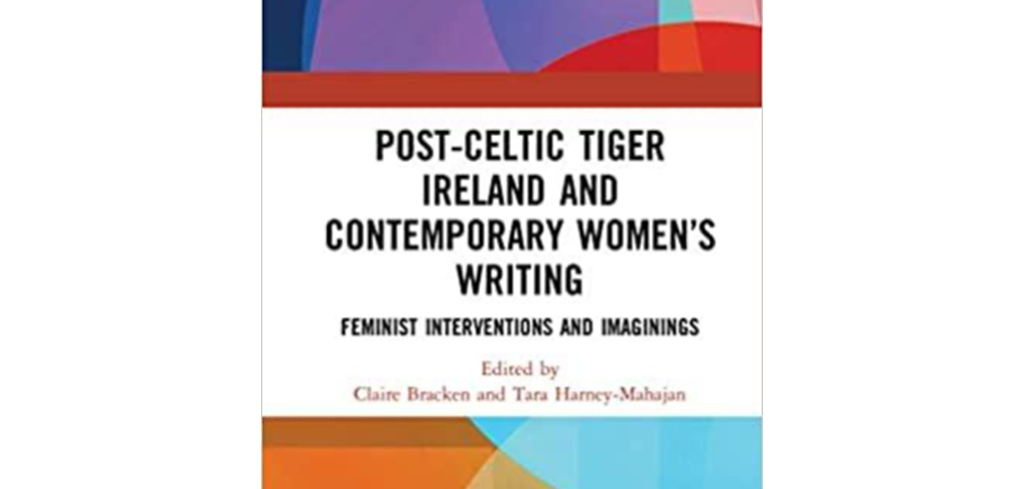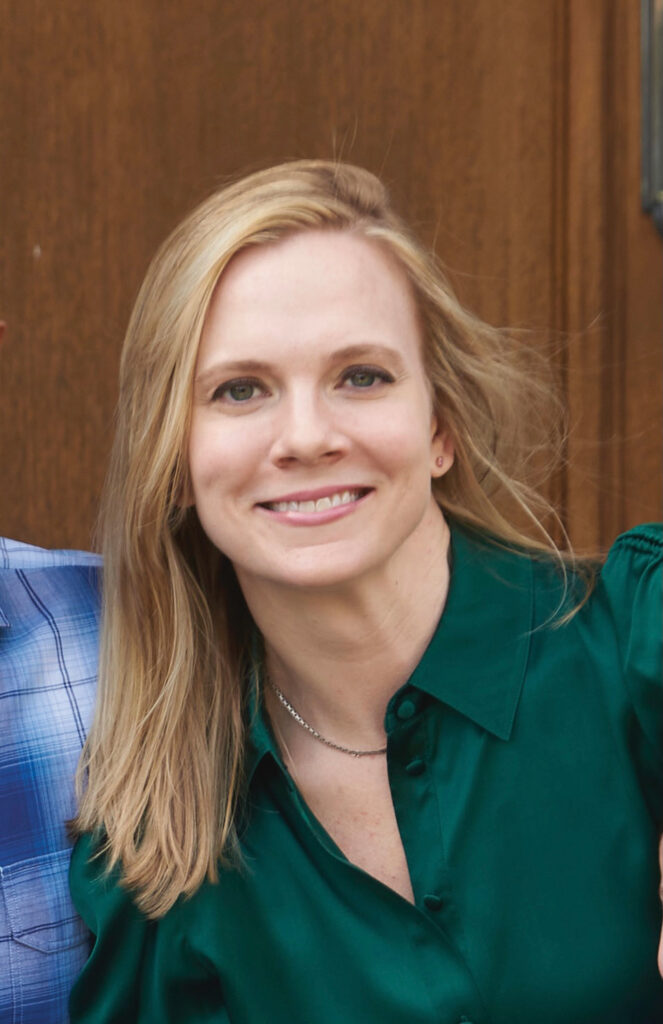Caldwell University
December 8, 2021
Assistant Prof. of English, Tara Harney-Mahajan, has co-edited a new academic book.

Interview with Dr. Harney-Mahajan by Viviana Zeballos:

What are some of the key concepts this book reflects on?
The book reflects upon women’s writing during the Post-Celtic Tiger period–specifically within this period’s social, cultural, and economic conditions. The premise of the book hinges upon the idea that this period is representative of a really dynamic time for women’s writing in Ireland. The amazing contributors in the book all respond to this premise in different ways, with each chapter taking a particular focus. In the chapter I co-wrote with my co-editor, Claire Bracken, we situate and connect women’s writing from this period within a wider history of women’s writing.
How have these concepts changed or impacted the world of writing today?
So much has changed since we first started working on the double special issue, which is the precursor to the book. But what has continued is the sheer dynamism in women’s writing!
Who is the target audience this book aims to reach?
The main audience is an academic one, but the second major audience would be undergraduate and graduate students.
What was the most challenging part of co-editing this book?
As far as the book itself, the most challenging part was figuring out which elements to update, and which elements to “timestamp” as of the publication of the 2017 double special issue. We wanted to (and the publisher wanted to) keep it largely as it was, but we were able to include some new elements. We combined our introductions to the special issues and revised them into a chapter (the first of the book), and we included an update to Mary Burke’s chapter, with Claire Kilroy, and Sara Martín-Ruiz’s chapter on Melatu Uche Okorie. I think these changes allow the book to maintain the spirit of the double special issue while also gesturing to a few of the important moments that have happened since 2017.
In general, certainly the most challenging part of the process was juggling life, and the book, in pandemic times. Claire and I started working on it just before the pandemic, and then we were reworking the introductions in the early days of it, and then we were looking at proofs, and then the book was published, and on the pandemic goes. It felt otherworldly not to address the pandemic in the book itself, but it would have been impossible to do without redoing the book entirely!
What was the most rewarding part of co-editing this book?
The most rewarding part of co-editing the book was working with the singular Claire Bracken! This was the first time I had ever collaborated with someone on an academic project, and it was incredibly intellectually gratifying to work with Claire. You never quite know how you are going to work with someone, and this was truly such a joyful experience.
Is there an achievement or contribution that you are most proud of?
The range of academic and literary voices in the book are part of its particular strength, but I can’t take much credit for that! Each chapter is powerful in its own way and together they provide a compelling ten year assessment of a pivotal time period.
What attracted you to this specific area in academic writing?
This is definitely changing now–I hope, as I myself am part of that change–but when I was a student, there was a very fixed curriculum and there wasn’t much energy being devoted to changing that. So one part of what attracts me to women’s writing is that this book reflects the range of authors that I would want to read if I were a student today.
As a literary critic, the book foregrounds women’s writing and writing from voices who have been historically marginalized and minoritized, and I think this is a vital and urgent area of research.





